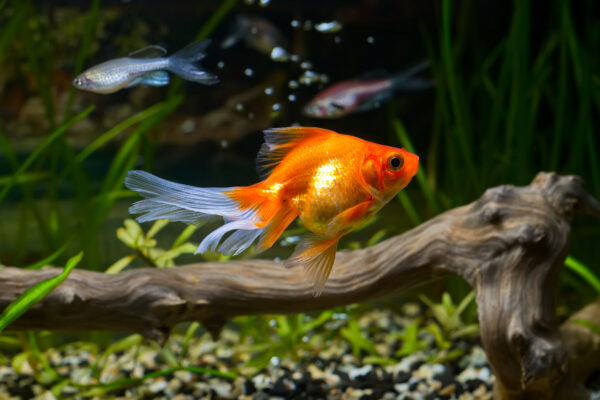
The Goldfish is a member of the carp and minnow family. It was one of the first aquatic invasive species to reach North America, arriving in the 1600s as an ornamental fish for aquariums and water gardens. It is now one of the world’s most widespread invasive species.



